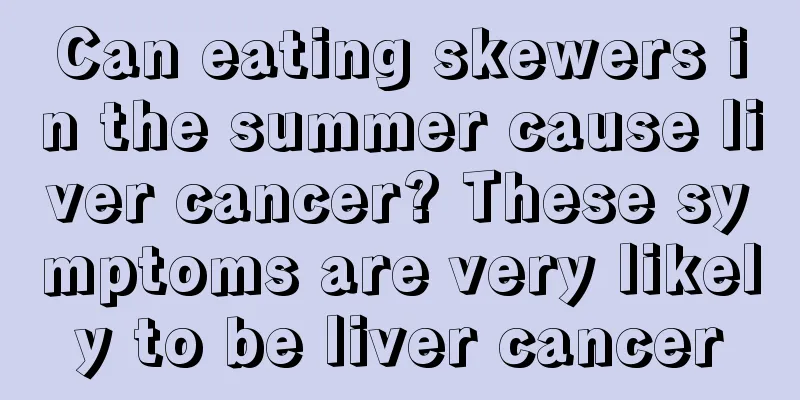Check what diseases are related to shadows in the lungs

|
Shadows in the lungs can usually be detected through examination. Generally speaking, shadows in the lungs may be caused by lung diseases. Many people want to know what diseases are related to shadows found in lung examinations. The shadow may usually be caused by lung infection. 1. Pneumonia: It is a lung infection caused by pathogenic microorganisms (bacteria, mycoplasma, chlamydia, viruses, etc.). In addition to lung shadows on X-ray examinations, patients also have symptoms such as cough, sputum, fever, chest tightness, fatigue, and difficulty breathing. In severe cases, infectious toxic shock may even occur. The most common pathogenic microorganisms are bacteria. The shadows often appear in flakes on chest X-rays. In severe cases, the entire lung lobe may be affected. A routine blood test can reveal a significantly increased white blood cell count. After anti-inflammatory treatment with antibiotics, a review of the chest X-ray can reveal that the lung shadows have been significantly reduced or even completely disappeared. Generally, the patient will recover after 2 weeks of treatment. 2. Bronchiectasis: It is the enlargement of the bronchial lumen caused by purulent infection of the bronchial wall, which is an irreversible infection. Chest X-rays show increased, thickened, and disordered lung texture. Severe bronchiectasis may appear as small, beaded translucent areas with typical honeycomb-like shadows. Common symptoms are long-term coughing up purulent sputum and coughing up blood. In the past, iodized bronchial oil contrast was the gold standard for diagnosing bronchiectasis. Currently, spiral CT can reconstruct bronchial morphology without any trauma, and has basically replaced iodized bronchial oil contrast. If the lesions are limited to 1-2 lung lobes and the general condition is good, surgical treatment should be actively performed; however, if the lesions are extensive on both sides, surgery is not recommended. 3. Pulmonary aspergillosis: It is a fungal infection of the lungs, also known as the saprophytic Aspergillus fumigatus infection, which manifests as isolated or multiple spherical lesions in the lungs with typical "crescent-like translucent areas" inside. The position of the crescent-like translucent areas changes with changes in body position. Most patients have no systemic symptoms, but a few may have hemoptysis and cough. The best treatment is surgical resection. The author once encountered a case of pulmonary echinococcosis complicated by pulmonary aspergillosis after surgery. |
<<: How to make your hair thicker, four solutions
>>: What's going on with the white shadows in the lungs
Recommend
How to remove scale from pipes
It is more difficult and complicated to remove th...
There is blood in the mouth when I wake up in the morning
The oral cavity is the cavity inside the mouth, w...
What are the effects of abdominal breathing?
As we all know, abdominal breathing is to move th...
What to do if your toes itch and peel
Although itchy toes are not a serious disease, th...
Is barbell exercise aerobic or anaerobic
Everyone should know what role Gao Lin plays in f...
How to care for bone cancer without recurrence in two years
Bone cancer is a very serious disease. If the dis...
Why does the anus itch when anal fissure heals
When suffering from anal fissure, it will have a ...
Do you know the side effects of Luo Han Guo
As a common medicinal plant, monk fruit is consum...
What fruit is better to eat when you have a sore throat
If you have a sore throat, you must not ignore th...
Taking anti-inflammatory drugs will result in high white blood cell count in urine test
Anti-inflammatory drugs are a type of medicine th...
Auxiliary examinations for patients with laryngeal cancer
X-ray examination of the throat can reveal the lo...
The most advanced female sterilization method
Sterilization is a better method of contraception...
Recipes for three kinds of health tea
When drinking tea, drink health-preserving tea. A...
How long can you live with acute colorectal cancer
After suffering from a malignant tumor, if you wa...
Why does sperm smell?
If you know something about men's sperm, you ...









